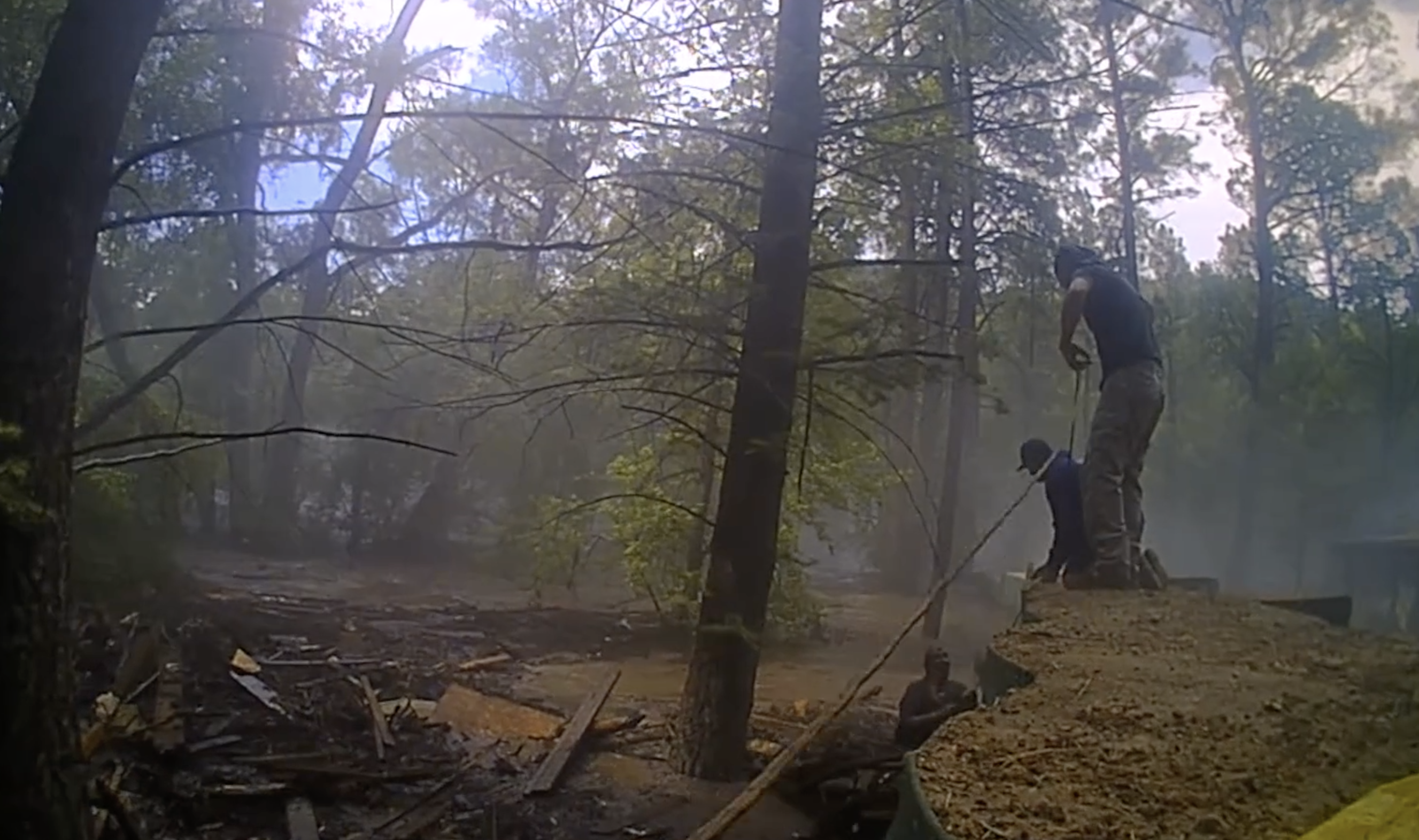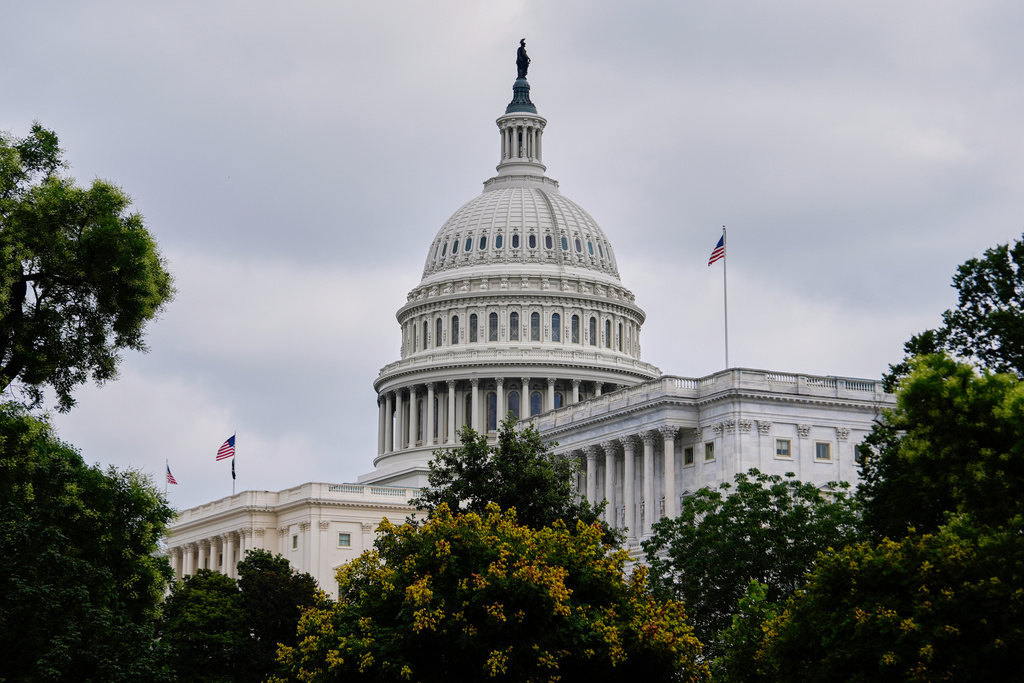NASA just released a new image from its Webb Space Telescope of renowned supernova SN 1987A, located 168,000 light years away in the Large Magellanic Cloud.
It was first discovered in February 1987, but the Webb Telescope gave scientists their clearest look at the distant supernova. NASA said that the telescope's near-infrared camera "provide a crucial clue to our understanding of how a supernova develops over time to shape its remnant."
NASA said the image reveals the supernova's central structures appear like a keyhole, adding that its dust is so dense that the near-infrared light that the telescope detects can't penetrate it.
"A bright, equatorial ring surrounds the inner keyhole, forming a band around the waist that connects two faint arms of hourglass-shaped outer rings," NASA said. "The equatorial ring, formed from material ejected tens of thousands of years before the supernova explosion, contains bright hot spots, which appeared as the supernova’s shock wave hit the ring. Now spots are found even exterior to the ring, with diffuse emission surrounding it. These are the locations of supernova shocks hitting more exterior material."

NASA's new TEMPO instrument shows how polluted cities are
A new instrument launched by NASA can give detailed updates on air quality for much of North America, showing disparities in pollution.
The supernova captured the attention of the public in February 1987 when observers first spotted one of the brightest exploding stars in 400 years. The supernova had the power of 100 million suns as it exploded for several months.
NASA said a supernova like SN 1987 can stir up the surrounding gas and trigger the formation of new stars and planets.
The American Physical Society said the star changed from a red supergiant to a blue supergiant before it exploded.
"In less than a second, the star's core collapsed, and a wave of neutrinos heated the inner core to 10 billion degrees," the American Physical Society said. "The process triggered a shock wave that ripped the star apart, propelling a burst of neutrinos into space."










